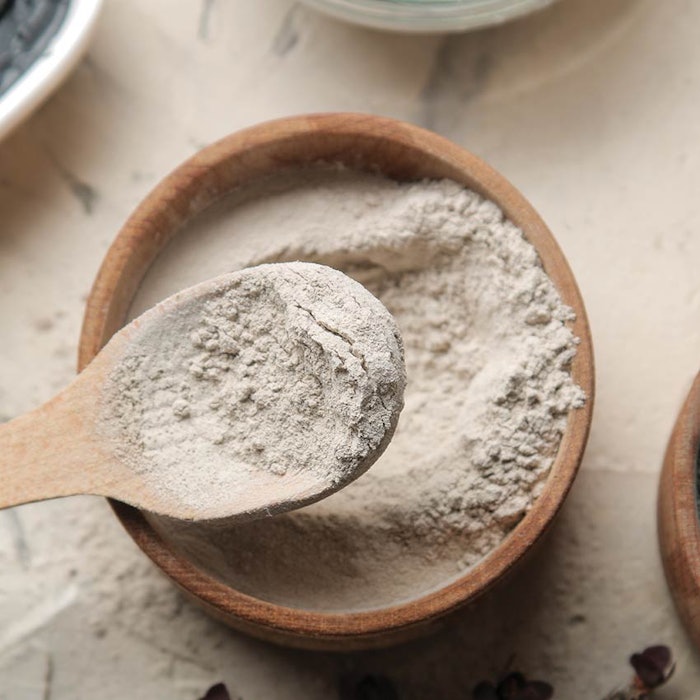
Early in life, we learned that clay is fun. Kids dig up their yards, gardens and sandboxes—perhaps to adults’ chagrin—to find clay deposits, pull out the clumps and shape them into artifacts to dry in the sun. Wet clay’s plasticity lends itself to uses ranging from decorative to utilitarian; from creating earthenware and cookware to musical instruments and building materials.1
Rich in minerals, clay is also a source of essential life nutrients and as such, is ingested or applied for everything from gastrointestinal complaints and anti-diarrhea effects, to excipients, dermatological indications and cosmetics.2 And surely most readers are no stranger to clay facial masks or clay and mud baths.
Historic and Modern Uses
According to Environmedica, the usefulness of clay was not lost on early humans.2 Reportedly, there are indications that Homo erectus and Homo neanderthalensis used ochres—earth pigments of clay and/or ferric oxide mixed with water and mud—to cure wounds, soothe irritation and even to clean skin in a way similar to some animals.2











